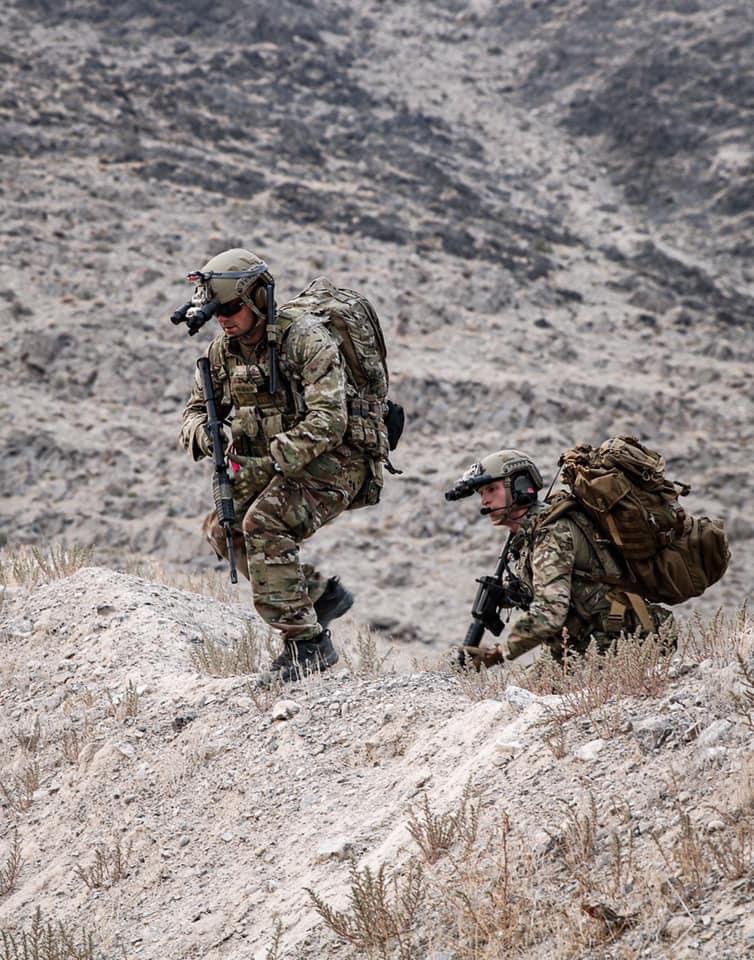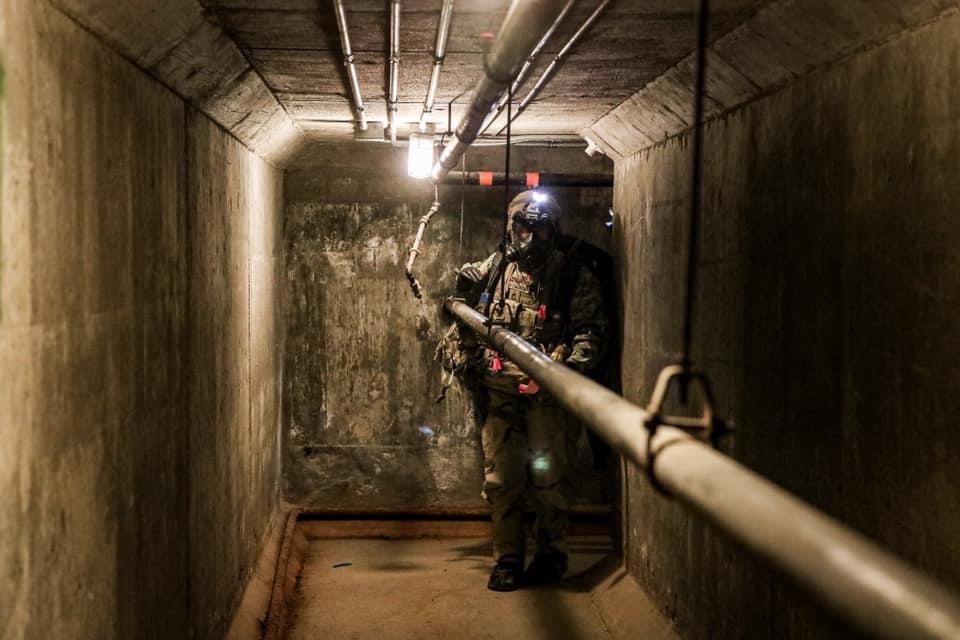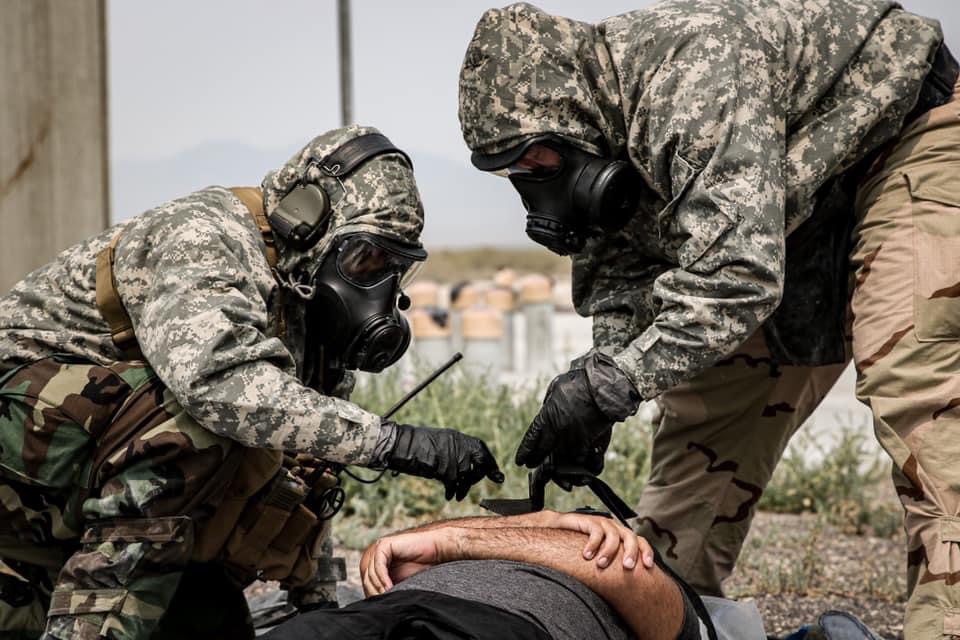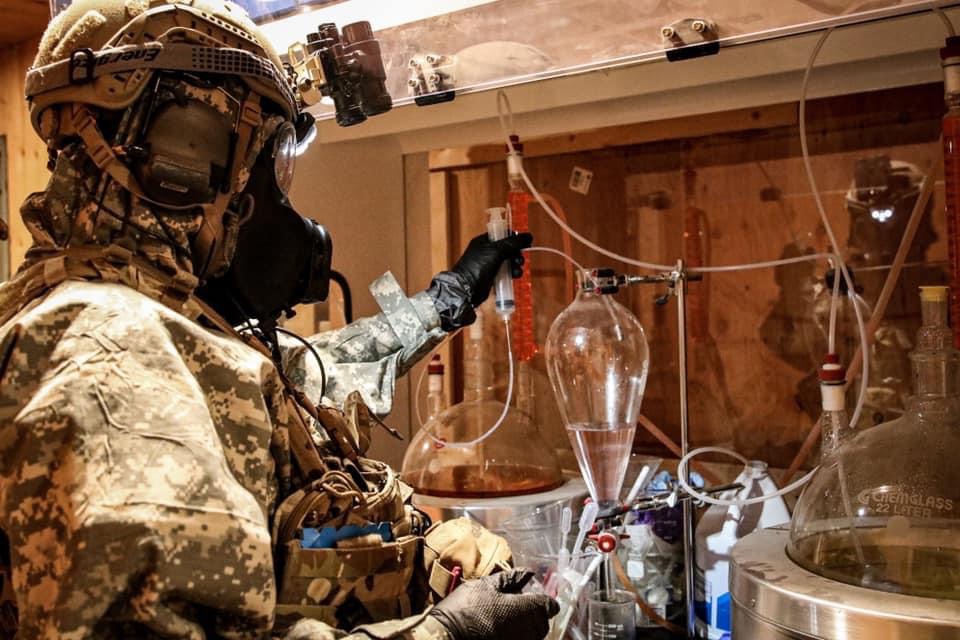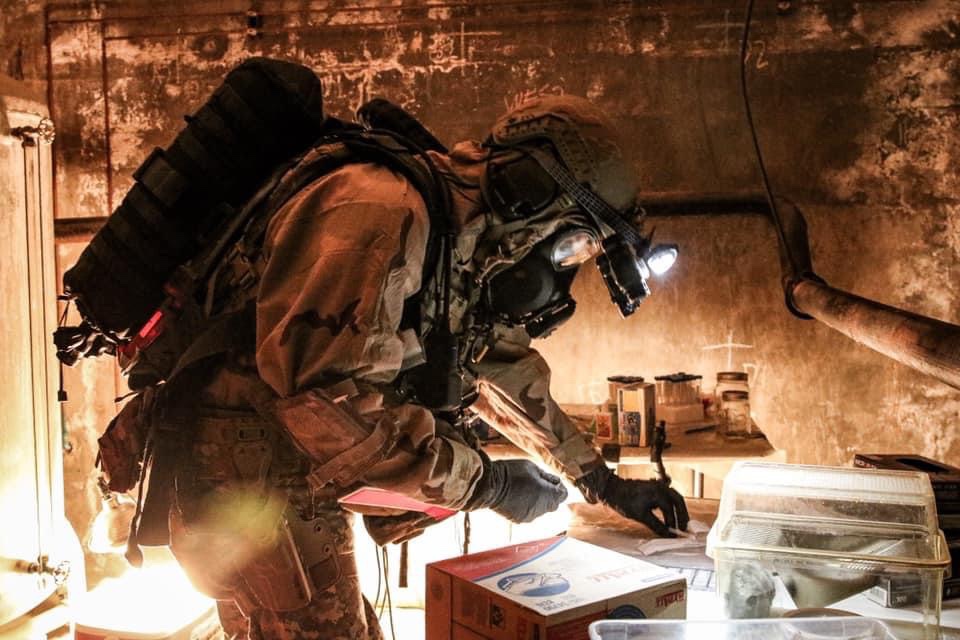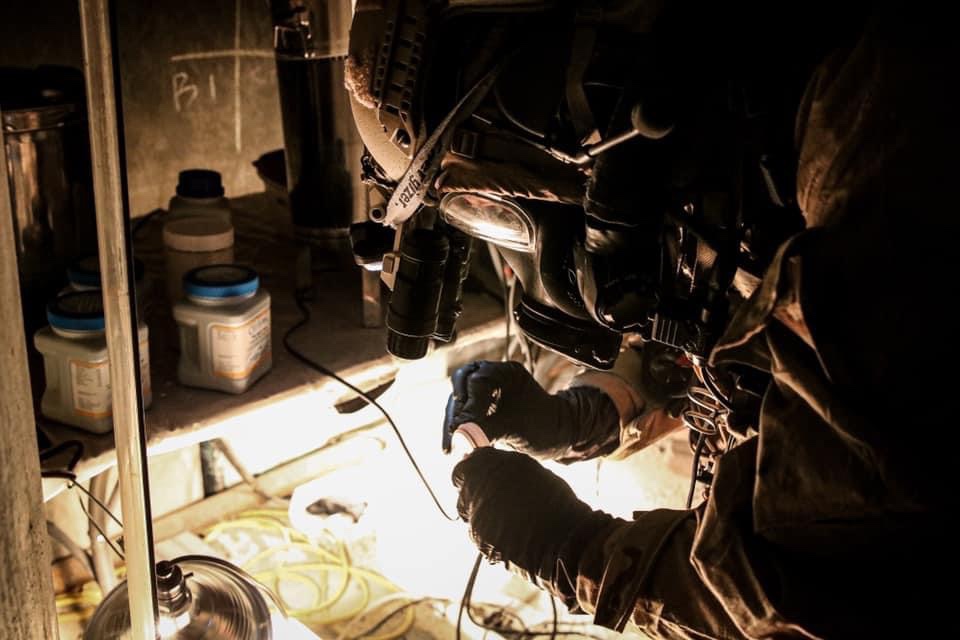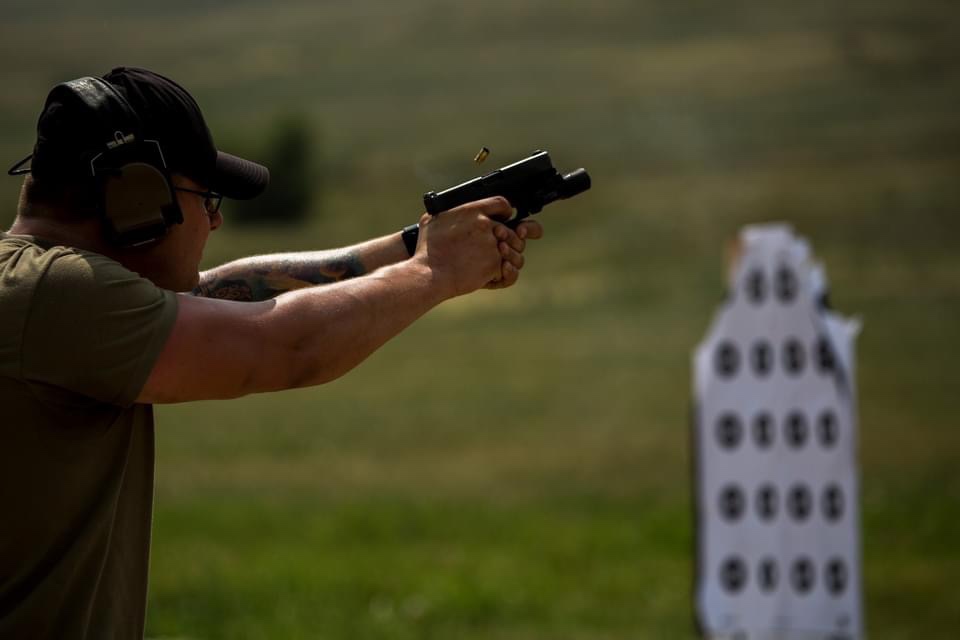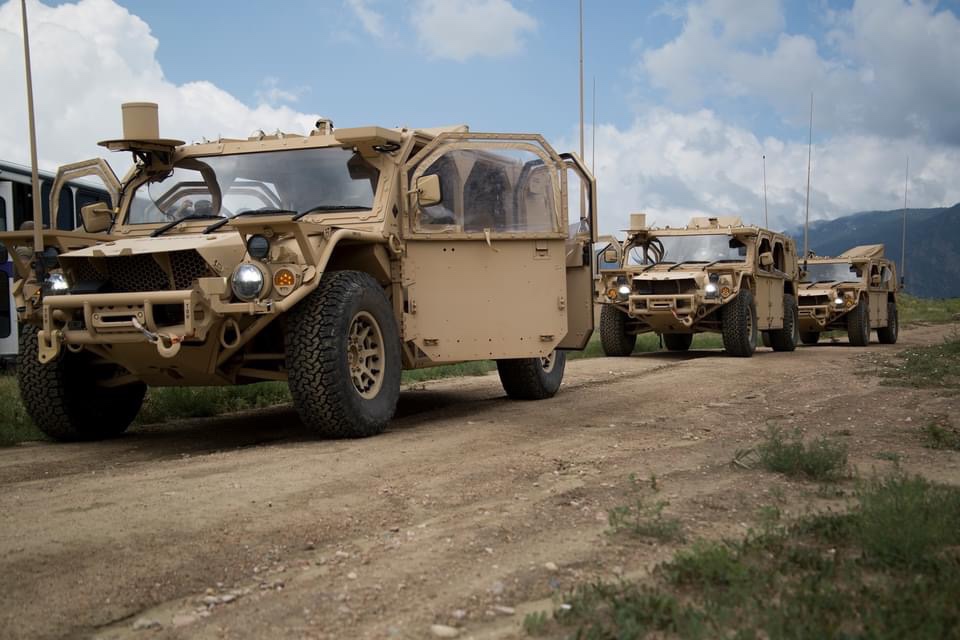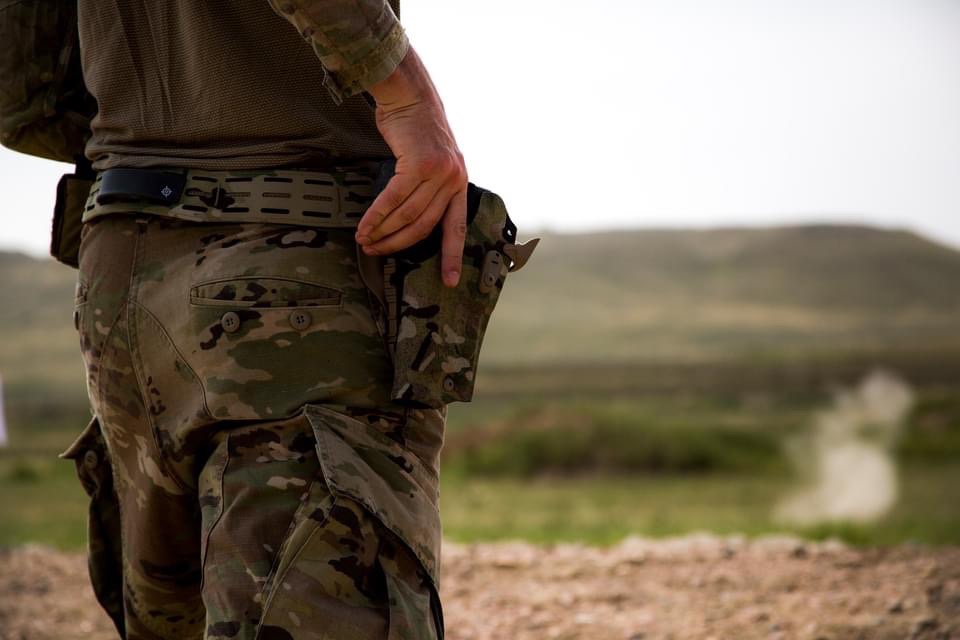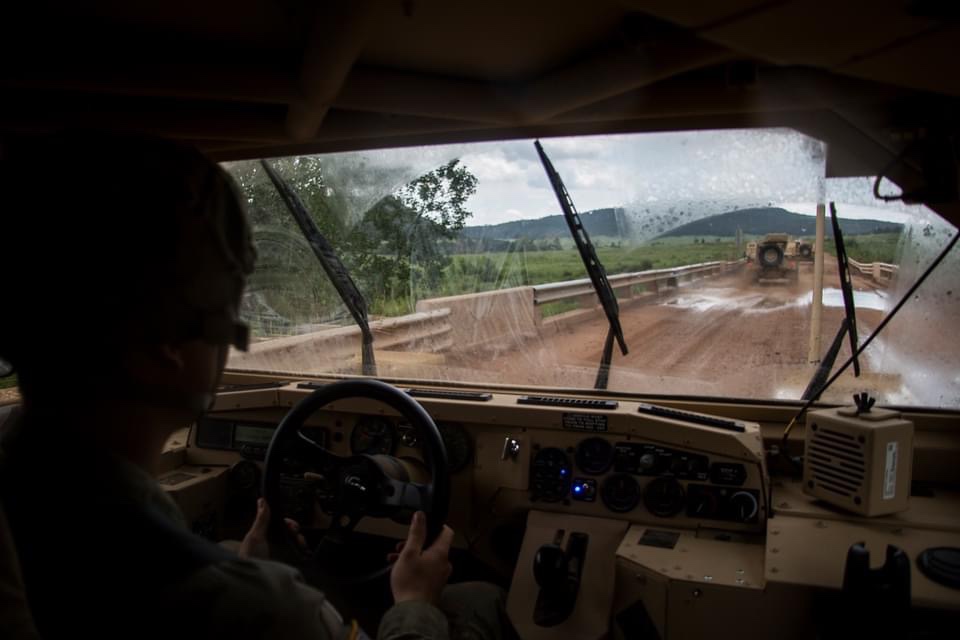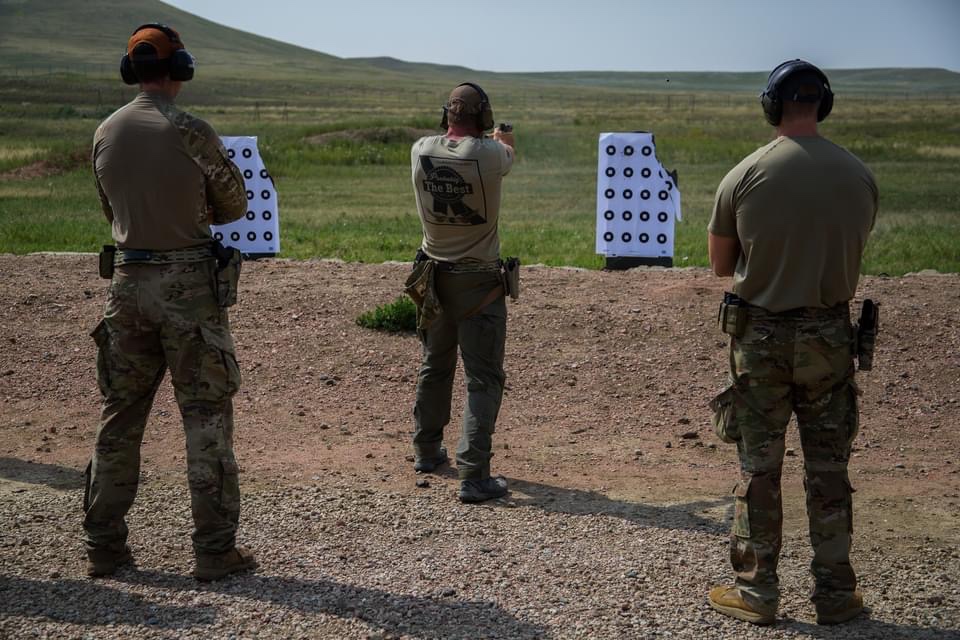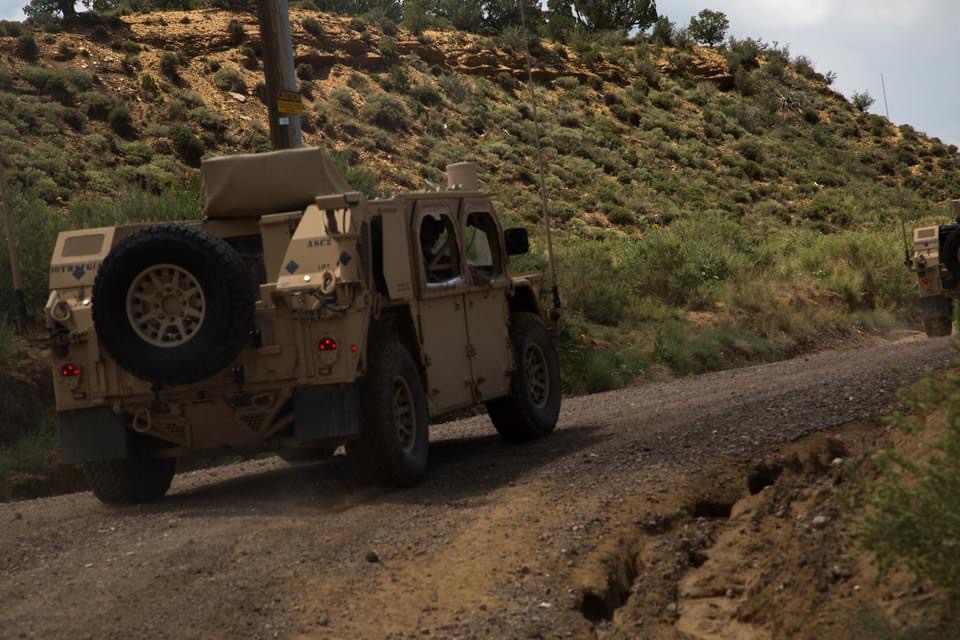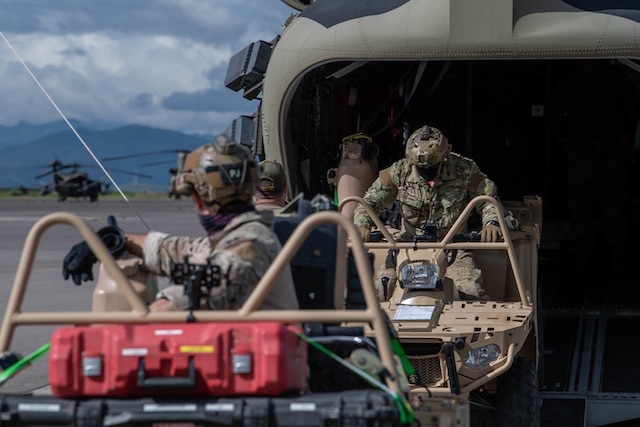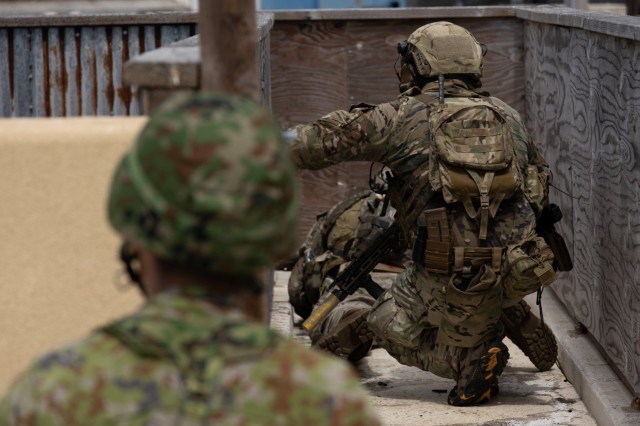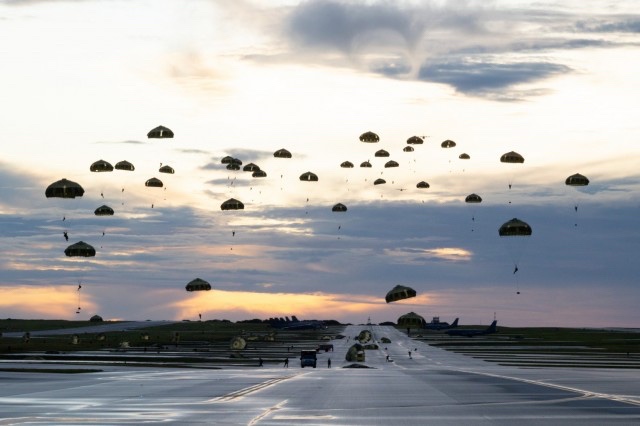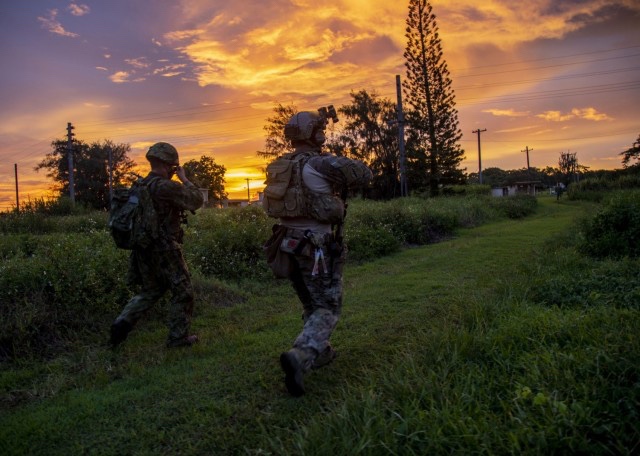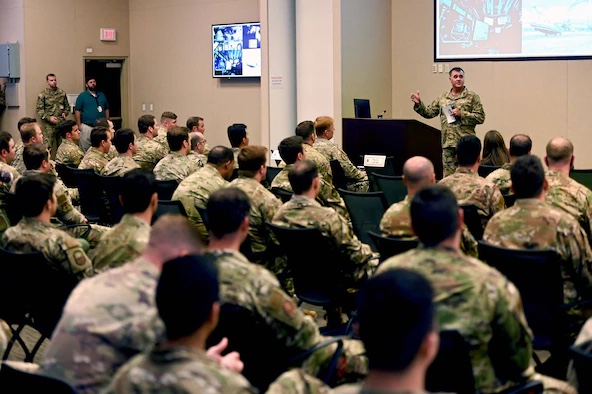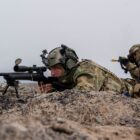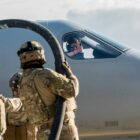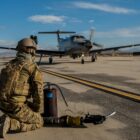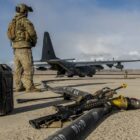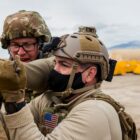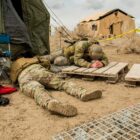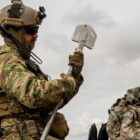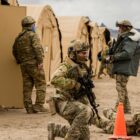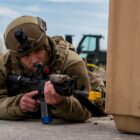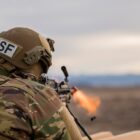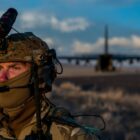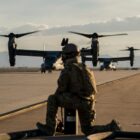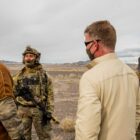CANNON AIR FORCE BASE, N.M. —
A new unit has been generated on base in support of mission readiness and efficiency. Mission Sustainment Team 1 is a group of individuals with diverse skill sets selected from the 27th Special Operations Mission Support Group, with the intent that they will cover and provide every asset required to sustain livable conditions in austere locations for an extended period of time.
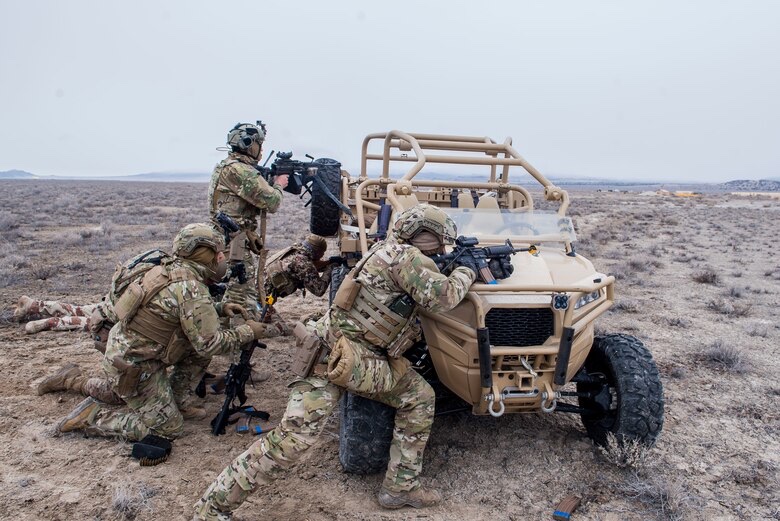
The Mission Sustainment Team concept provides a way forward in building small, scattered teams capable of operating independent of main operating bases – a focus area highlighted by Lt. Gen. Jim Slife, Air Force Special Operations Command commander, during his 2021 Special Operations Forces Imperatives Forum earlier this year.
“This idea is not new or unique to the Air Force as a whole, but it is to the Air Force Special Operations Command,” said Senior Master Sgt. John Spencer, 27 SOMSG, Detachment 1 MST 1 team lead. “AFSOC is used to providing for the operators for a short duration, but something like this has never been done before in this Major Command.”
AFSOC currently does not have an on-demand capability to provide and sustain a livable environment in areas without pre-established facilities. To fix this issue, the MST consists of Airmen from different MSG specialties, and trains them all on necessary expeditionary functions.
“We are taking roughly 60 people from different shops in the MSG and making them work together to create livable conditions for a base worth of personnel,” Spencer said. “We have to try these things, see where they fail, then learn from our failures and do it better the next time.”
There are many unknowns surrounding the MST, as with any new unit. The team hopes to benefit from these unknowns however, documenting their experiences and applying the lessons learned to ultimately teach and train those who follow in the future.
The team had the opportunity to test themselves recently in an Operational Readiness Exercise. Select individuals from Cannon AFB were involved in a mock deployment to an austere location and required support from MST 1. This entirely new scenario helped participants as it was an ideal testing ground for the capabilities of sustained support for multiple personnel.
Within a limited resourcing environment, MST 1 gives AFSOC the ability to enable the larger joint force with unique capabilities; things that no one else can do.
The opportunities to blaze new trails are plentiful for MST 1. As the first of its kind in AFSOC, there is no manual or guidebook to follow. Instead, the team will take the knowledge and practices of similar groups in other MAJCOM’s and tailor them to their needs.
During the 2021 SOF Imperatives Forum, Slife spoke on the necessity for the development and continuous acceleration of SOF and AFSOC forces, including those a part of MST 1.
“The standards of yesterday were applicable to yesterday,” Slife said. “The question is, what are the standards of tomorrow and how do we build the force we need, to be most effective in the future? Our competitive advantage will continue to be the men and women who make up our formation, but the challenge for leadership is ensuring… those men and women in AFSOC know that they are relevant to the nation.”
Not many in support roles have the opportunity to see how their work directly affects the mission downrange. The work of this new unit provides Airmen a tangible link between their efforts and the final product, something that boosts morale while transforming them into a team of lethal, multi-faceted Airmen.
“It brings me real joy to see how folks who, before joining this group, had never worked with a services Airman, and then see them training on a field kitchen three days later,” Spencer said. “This is what I like to do. I like building teams, being out in the field, and doing what the Air Force trained me to do in defending airfields. Seeing all this [come together] from my personal perspective is unique and amazing. It also helps the Air Force as a whole as it takes someone from their regular unit for a while, and then returns them 100% better than when they left because they got to learn all the things they would normally never do.”
MST 1 may be new, but they have their work cut out for them. Providing support for active personnel at austere and un-furnished locations is no easy feat, but it means the work done by MST 1 will be vital in helping similar units in AFSOC for years to come.
Story by Senior Airman Christopher Storer, 27th Special Operations Wing Public Affairs
Photos by Senior Airman Vernon R. Walter III


